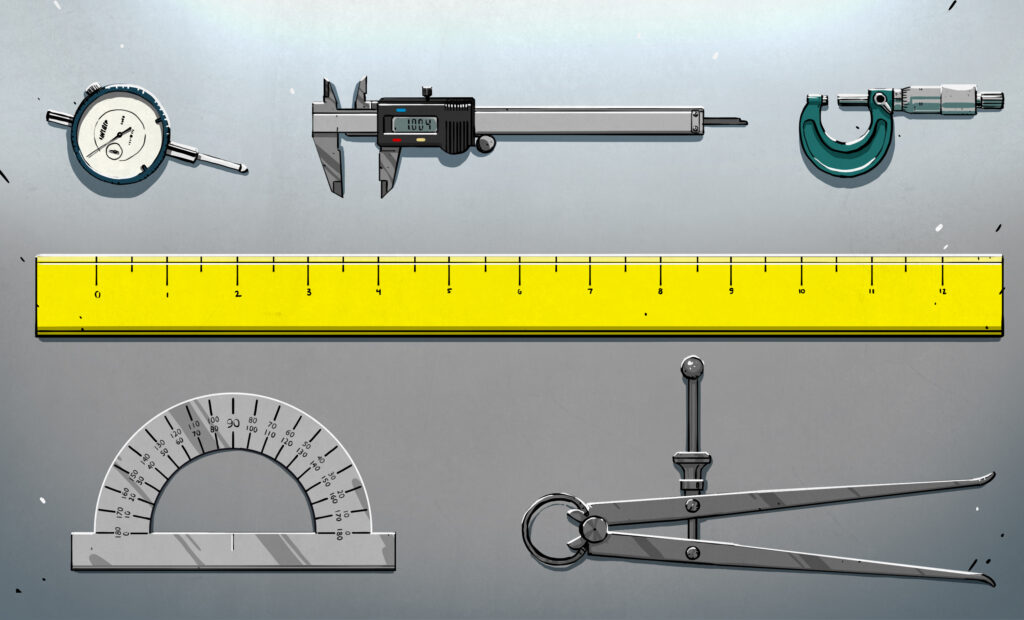
A recent article by Al Williams on the challenges of converting between metric and imperial measurement systems has sparked a lively debate among readers on Hackaday. The discussion illustrates the complexities and quirks of using both systems in various contexts, especially in engineering and everyday life.
The article discusses the common practice of using both metric and imperial units, especially in fields like electronics and carpentry. For instance, while printed circuit board (PCB) design often requires measurements in both inches and millimeters, the inconsistency can lead to significant errors. Williams notes that while many American 3D printer enthusiasts are familiar with M3 hardware, they also need to understand metric weights for purchasing materials like filament, typically sold in kilograms.
One striking example of this duality is found in the UK, where distance is measured in miles, but apartment sizes are often given in meters. The British also purchase fuel by the liter while enjoying beer in pints, demonstrating a unique blend of measurement systems. This mixture is not limited to the UK; individuals across Europe and North America frequently navigate between these units in daily life.
Williams emphasizes that both systems have their advantages and disadvantages. For example, millimeters can provide more precise measurements in carpentry, which may be beneficial for projects requiring tight tolerances. Conversely, inches may be more intuitive for certain applications, such as woodworking in the United States, where dimensions are often displayed in feet and inches.
The potential dangers of mixing measurement systems become apparent in critical situations. Williams warns that using incorrect units can lead to disastrous consequences, such as miscalculating fuel requirements for airline flights. A notable instance occurred when a commercial flight loaded insufficient fuel due to a mix-up between metric and imperial tons, underscoring the importance of clarity in specifications.
In conclusion, while the blending of metric and imperial systems can seem chaotic, there is a certain practicality in using both. As long as individuals remain aware of the potential pitfalls and exercise caution, they can navigate this dual measurement landscape effectively. The conversation surrounding this topic reflects broader themes of adaptability and understanding in an increasingly globalized world, where different systems coexist and often intersect.
This article highlights the ongoing discourse within the Hackaday community, which has actively engaged with the topic for over 200 weeks in its weekly newsletter. Readers interested in similar discussions can subscribe to receive updates every Friday morning.







